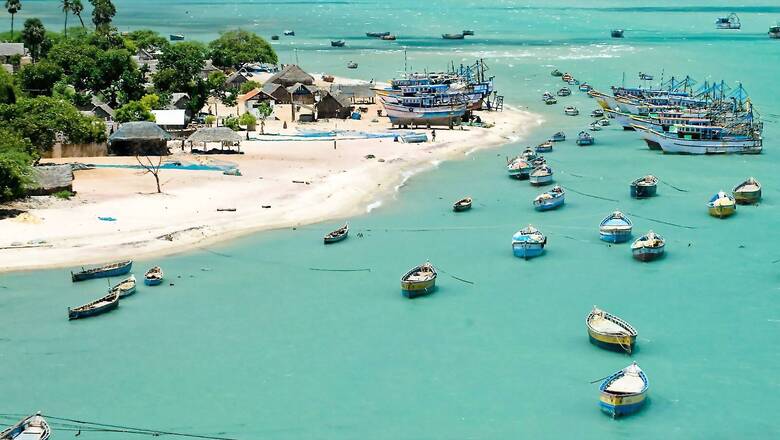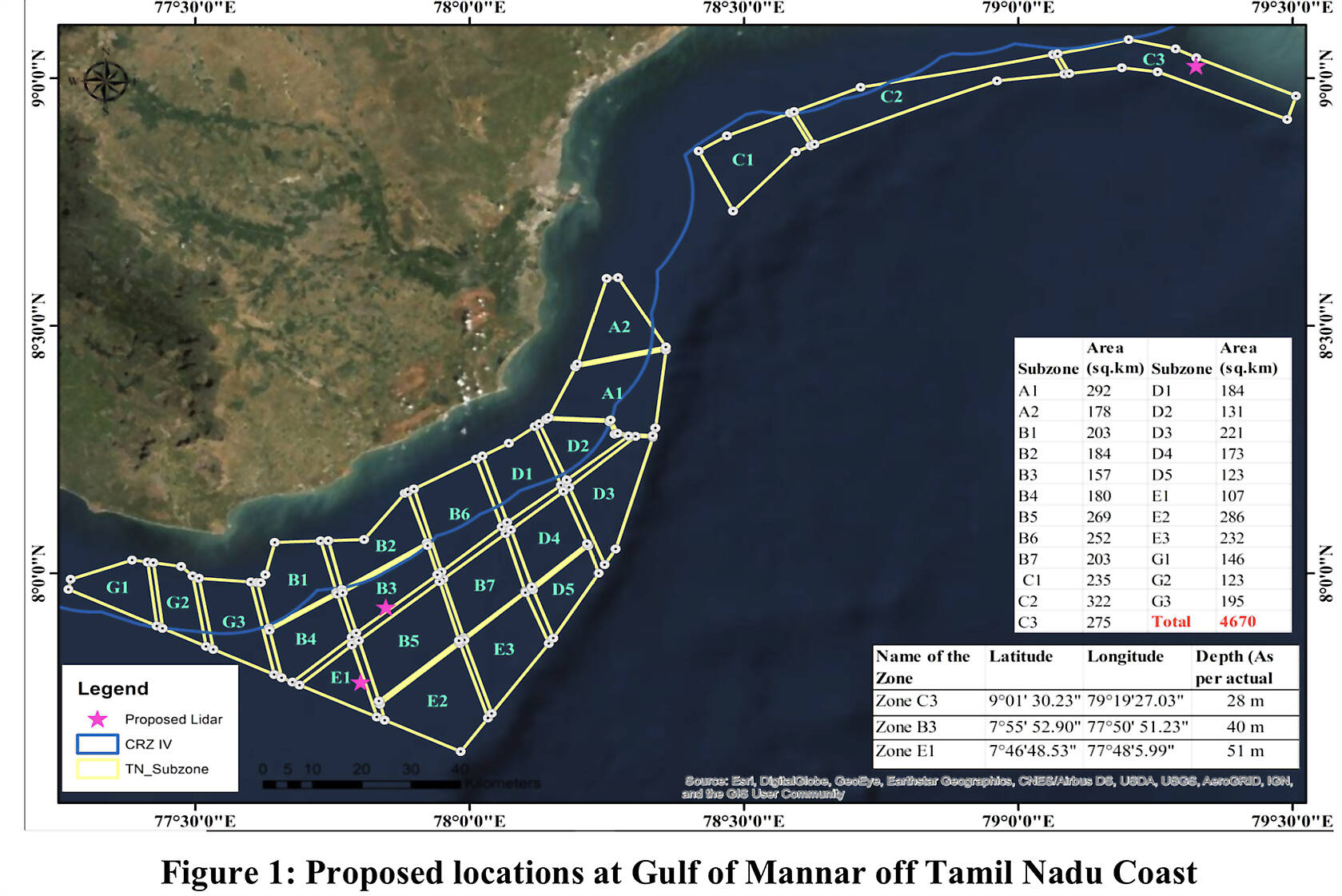
views
In a big move towards harnessing wind energy potential in the ocean, that’s aligned with India’s climate change action goals, the Centre has asked global companies to set up remote sensing sensors upon floating buoys in the Gulf of Mannar off the Tamil Nadu coast at three locations.
This will help the Centre assess the offshore wind energy potential, a capacity that India so far lacks with all wind energy projects located ashore. The defence ministry will give approval for the exercise.
The National Institute of Wind Energy under the Ministry of New and Renewable Energy has already procured three Zephir LiDAR 300M sensors, which would be mounted on the integrated floating buoys, together with meteorological and oceanographic sensors.
“Data collected from the floating LiDAR will be used for estimation and verification of wind energy potential, as basis for derivation of met-ocean design parameters and as a supplement to the environmental baseline description,” says a document reviewed by News18. The blueprint of the project has specified the exact locations with latitude and longitude where the floating LiDARs will be installed. All three will be installed at different depths of 28 meters, 40 meters and 51 meters.

The Big Aim
The idea is to capture offshore wind resource characterisation data such as wind speed and direction at multiple heights using wind profiling LiDAR (light, detection and ranging), air and sea surface temperatures, current, ocean speeds, and directions, and wave heights and directions, the document says. The project could be challenging as a maximum wave height of 6 meters with a tidal range of 1.5 meters and a current speed of 1 meter/per seconds are anticipated at the Gulf of Mannar off Tamil Nadu Coast.
The floating LiDAR will be facilitating data streaming for one year to a server of the National Institute of Wind Energy from the respective offshore sites. Such accurate data is vital to ultimately developing the offshore wind energy projects. The floating buoy shall include an automatic weather station package to measure environmental parameters such as wind speed, wind direction, solar irradiation air temperature, air pressure and humidity, and oceanographic sensors.
The Challenge
All wind turbines installed in India so far are on land and none on the sea unlike abroad, despite India having a long coastline. India, however, has plans to install wind turbines in the sea at two locations — the Gulf of Khambat off the Gujarat coast and the Gulf of Mannar off the Tamil Nadu coast. But the progress has been slow despite potential for much higher energy generation by wind mills in the sea rather than on land. The former, however, comes at a much higher cost, impeding progress.
High Potential Zones
In off shore wind, India is home to 174 GW of technical resource across fixed-bottom and floating potential, mainly off the coasts of Tamil Nadu and Gujarat. While the first of its kind LiDAR-based off shore wind-measurement campaign to validate the potential at the preliminary demarcated zones has already been completed for Gujarat, a similar exercise for Tamil Nadu coast was pending for a long time.
“This was long due,” one of the experts told News18. “However, it remains to be seen, how the response to the tenders will be, considering there has been not a very encouraging response previously from the domestic players.”
Wind power continues to be a major constituent of India’s power generation mix and constitutes 37.7% (40.1 GW) of cumulative installed RE capacity, as of March 2022. India contributes 5.1% to total global onshore wind installations, making it the world’s fourth largest onshore wind market. In July, the ministry of new and renewable energy also released a strategy paper announcing trajectory to award 37 GW of off shore wind tenders towards 2030 in the two key states – Gujarat and Tamil Nadu.
Read all the Latest News India and Breaking News here















Comments
0 comment